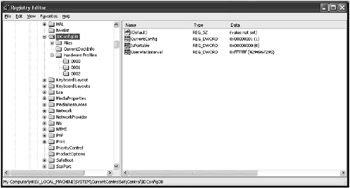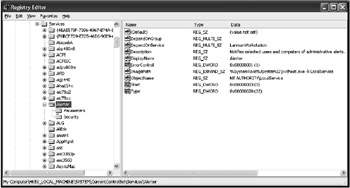

- #Microvellum toolbox registry hkey local machine how to#
- #Microvellum toolbox registry hkey local machine install#
- #Microvellum toolbox registry hkey local machine windows 10#
When you try to install a Windows Installer package, you may receive the following error message:Įrror 1603: A fatal error occurred during installation.
#Microvellum toolbox registry hkey local machine windows 10#
Windows Server 2003 and Windows XP: The AutoExclusionList subkey is not available thus you cannot exclude any application, including Dwm.exe, from automatic debugging.This article helps fix the error 1603 that occurs when you install a Microsoft Windows Installer package.Īpplies to: Windows 10 - all editions Original KB number: 834484 Symptoms By default, the Desktop Window Manager (Dwm.exe) is excluded from automatic debugging because otherwise a system deadlock can occur if Dwm.exe stops responding (the user cannot see the interface displayed by the debugger because Dwm.exe isn't responding, and Dwm.exe cannot terminate because it is held by the debugger). To exclude an application from automatic debuggingĪdd a REG_DWORD value to the AutoExclusionList subkey, where the name is the name of the executable file and the value is 1.
#Microvellum toolbox registry hkey local machine how to#
The following procedure describes how to exclude an application from automatic debugging after the Auto value under the AeDebug key has been set to 1. The string "1" disables the dialog box the string "0" enables the dialog box.Įxcluding an Application from Automatic Debugging If you want the debugger to be invoked without user interaction, add or edit the Auto value, using a REG_SZ string that specifies whether the system should display a dialog box to the user before the debugger is invoked. "C:\debuggers\windbg.exe" -p %ld -e %ld -g The following text is an example of how to setup up WinDbg as the debugger. When the debugger is invoked, the first "%ld" is replaced with the process ID and the second "%ld" is replaced with the event handle. Different debuggers may have their own parameter syntaxes for indicating these values. Indicate the process ID and event handle with "%ld" parameters to the debugger command line.

The string should include the fully qualified path to the debugger executable. HKEY_LOCAL_MACHINE\ SOFTWARE\ Microsoft\ Windows NT\ CurrentVersion\ AeDebugĪdd or edit the Debugger value, using a REG_SZ string that specifies the command line for the debugger. To set a debugger as the postmortem debugger The following procedure describes how to specify a debugger in the registry. When an application stops responding (for example, after an access violation), the system automatically invokes a debugger that is specified in the registry for postmortem debugging, The process ID and event handle are passed to the debugger if the command line is properly configured. Configuring Automatic Debugging for Application Crashes For more information, see the documentation included with the debugger. You can debug a crash dump with a kernel-mode debugger, such as WinDbg or KD. The file you can specify is the crash dump file. HKEY_LOCAL_MACHINE\ SYSTEM\ CurrentControlSet\ Control\ CrashControl Alternatively, you can configure crash dump options using the following registry key: On the Advanced tab of that box, click Settings under Startup and Recovery, and then use the appropriate recovery options. Click Advanced system settings, which displays the System Properties dialog box.

To configure the target computer to generate a crash dump file when the system stops responding, use the System application in Control Panel. Configuring Automatic Debugging for System Crashes Users can configure automatic debugging to help them determine why their system or an application has stopped responding.


 0 kommentar(er)
0 kommentar(er)
